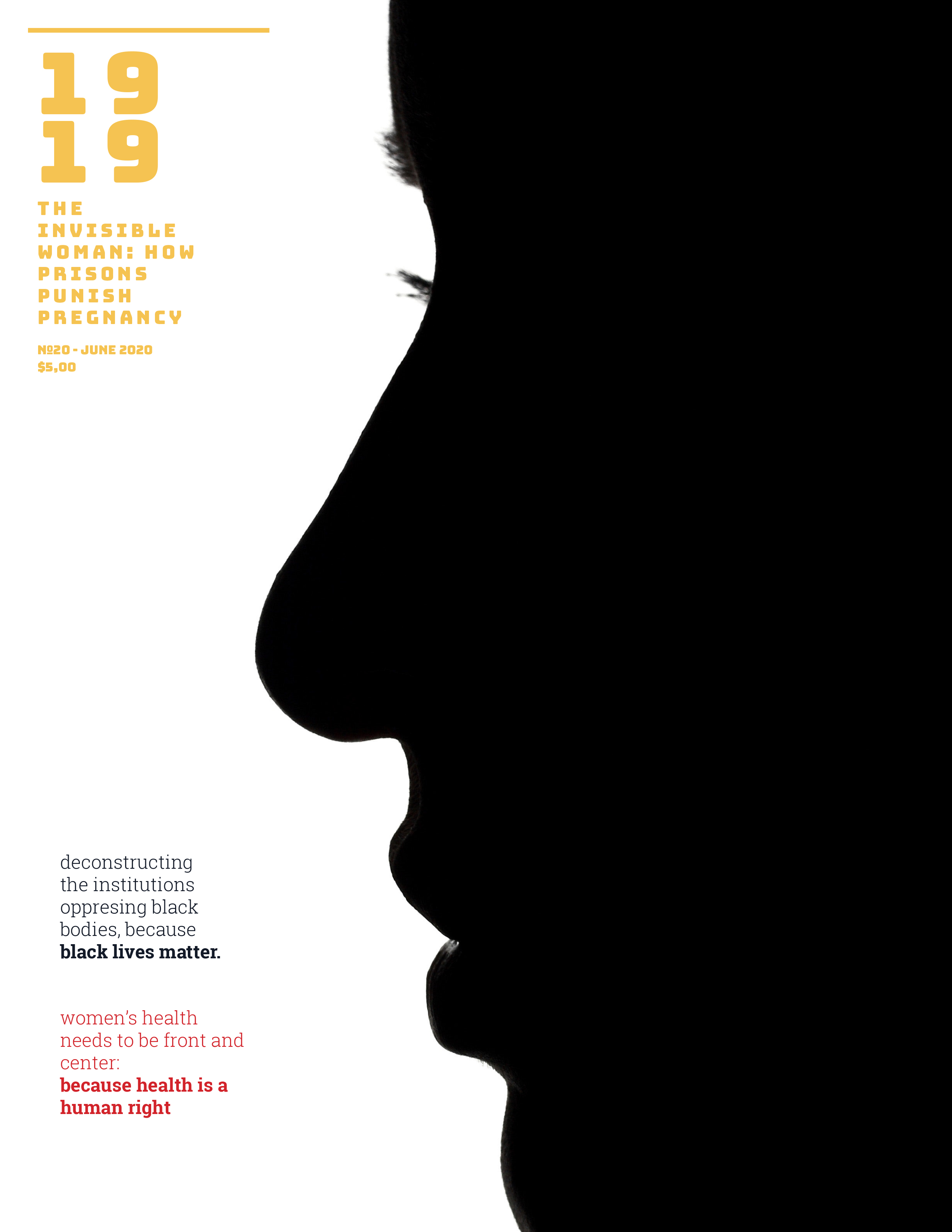The Invisible Woman: How prisons punish pregnancy

1st Place, the People's Choice Spring 2020
By: Hala Baradi, Maya Barajas-Tavera, Kristie-Valerie Hoang, Emma Janibekyan, Cynthia Tsang
A magazine about how prisons punish pregnancy
Mass incarceration in the United States has disproportionately targeted people of color. While this is a well-documented phenomenon, its discourse often fails to include pregnant inmates, especially pregnant inmates of color.
The institutional inequality inflicted on women of color creates a perpetuating, oppressive system that places undue constraints on the lives of these women. For example, it is well-documented that incarcerated women are subject to healthcare inequality and have higher rates of substance abuse, mental illnesses, and histories of domestic abuse than the general population. Furthermore, most women are incarcerated for nonviolent “crimes of survival,” while attempting to make ends meet in an economy developed to exclude them.
The question then becomes: Does our society, as it exists today, create intolerable injustices for this population that eventually lead to their incarceration? If women of color are subjected to a disproportionately unjust penal system, being pregnant while incarcerated compounds the problem exponentially. A racial and gendered analysis reveals that this demographic is regularly deemed “unfit mothers,” which is used by the state to justify mistreatment.
This magazine explores how legacies of oppression directly induce biological changes in the mother and fetus. It is irrefutable that there exists a moral obligation to rectify instances of injustice and better the institutions that perpetuate inequalities that pregnant incarcerated women are forced to endure. This issue of 1919 aims to reveal a historically invisible segment of the U.S. population: pregnant incarcerated women by exploring sustainable solutions to systemic flaws in our penal system. "
comments powered by Disqus